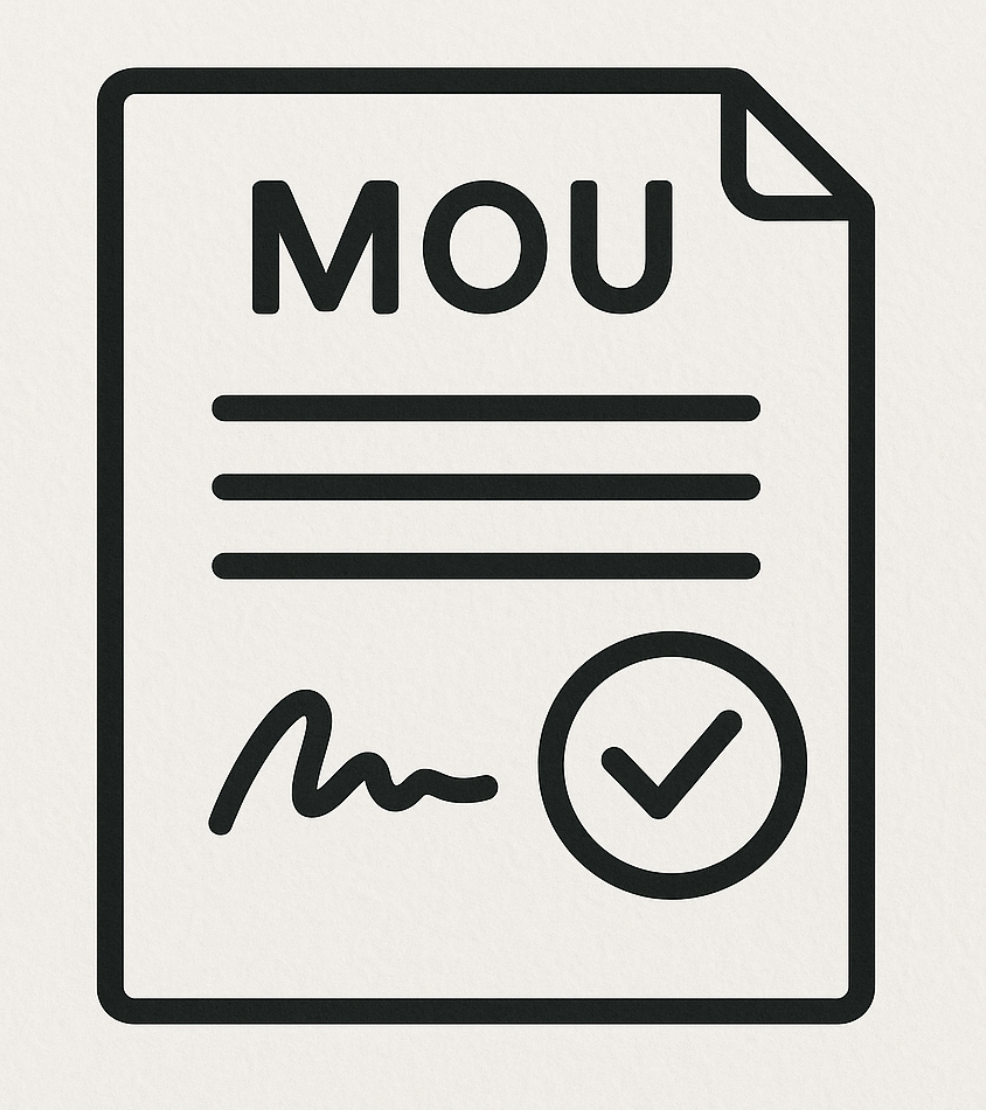CINTA, TAKUT, DAN HARAP KEPADA ALLAH SWT
DOI:
https://doi.org/10.18592/jtipai.v10i1.3762Abstract
ABSTRACT: The worship will not be accepted except with three pillars. The three pillars are love, hope and fear. In carrying out worship, one must present a sense of love for Allah, hope in Him, and fear Him. These are the three pillars of worship that must be present in all worship that we do. Prayer, fasting, pilgrimage, and alms, all obedience that makes a way to get closer to Allah must have these three things. Every servant is obliged to worship Allah by loving Him.KEYWORDS: Worship; Love; Afraid; Please. ABSTRAK: Ibadah itu tidak akan diterima kecuali dengan tiga rukun (pilar). Ketiga rukun tersebut adalah cinta, harap, dan takut. Dalam melaksanakan ibadah, seseorang harus menghadirkan rasa cinta kepada Allah, berharap kepada-Nya, dan takut kepada-Nya. Inilah tiga pilar ibadah yang harus ada pada semua ibadah yang kita kerjakan. Shalat, puasa, haji, dan sedekah, semua ketaatan yang menjadikan jalan untuk mendekatkan diri kepada Allah harus terdapat tiga hal ini. Setiap hamba wajib beribadah kepada Allah dengan mencintai-Nya.KATA KUNCI: Ibadah; Cinta; Takut; Harap.References
Utsaimin, Syaikh Muhammad bin Shalih Al-, Syarah Tsalatsatul Ushul, Jakarta: Al-Qowam, 1999.
Ibnu Taimiyyah, Al-Ubudiyah: Hakikat Penghambaan Diri, Jakarta: Griya Ilmu, 2002.
Syaikh Abdurrohman bin Muhammad bin Qosim, Hasyiyatul Ushulits Tsalatsah, Saudi Arabia: 1999.
At Tamimi. Syaikh Muhamad, Kitab at-Tauhid. diterjemahkan Muhammad Yusuf Harun Alladzi Huwa Haqqullah 'alal Ibad, Jakarta: Yayasan Al-Sofwa. 2000.
Downloads
Published
How to Cite
Issue
Section
License
Authors who publish with this journal agree to the following terms:
- Authors retain copyright and grant the journal right of first publication with the work simultaneously licensed under a Creative Commons Attribution License that allows others to share the work with an acknowledgement of the work's authorship and initial publication in this journal.
- Authors are able to enter into separate, additional contractual arrangements for the non-exclusive distribution of the journal's published version of the work (e.g., post it to an institutional repository or publish it in a book), with an acknowledgement of its initial publication in this journal.
- Authors are permitted and encouraged to post their work online (e.g., in institutional repositories or on their website) prior to and during the submission process, as it can lead to productive exchanges, as well as earlier and greater citation of published work.










